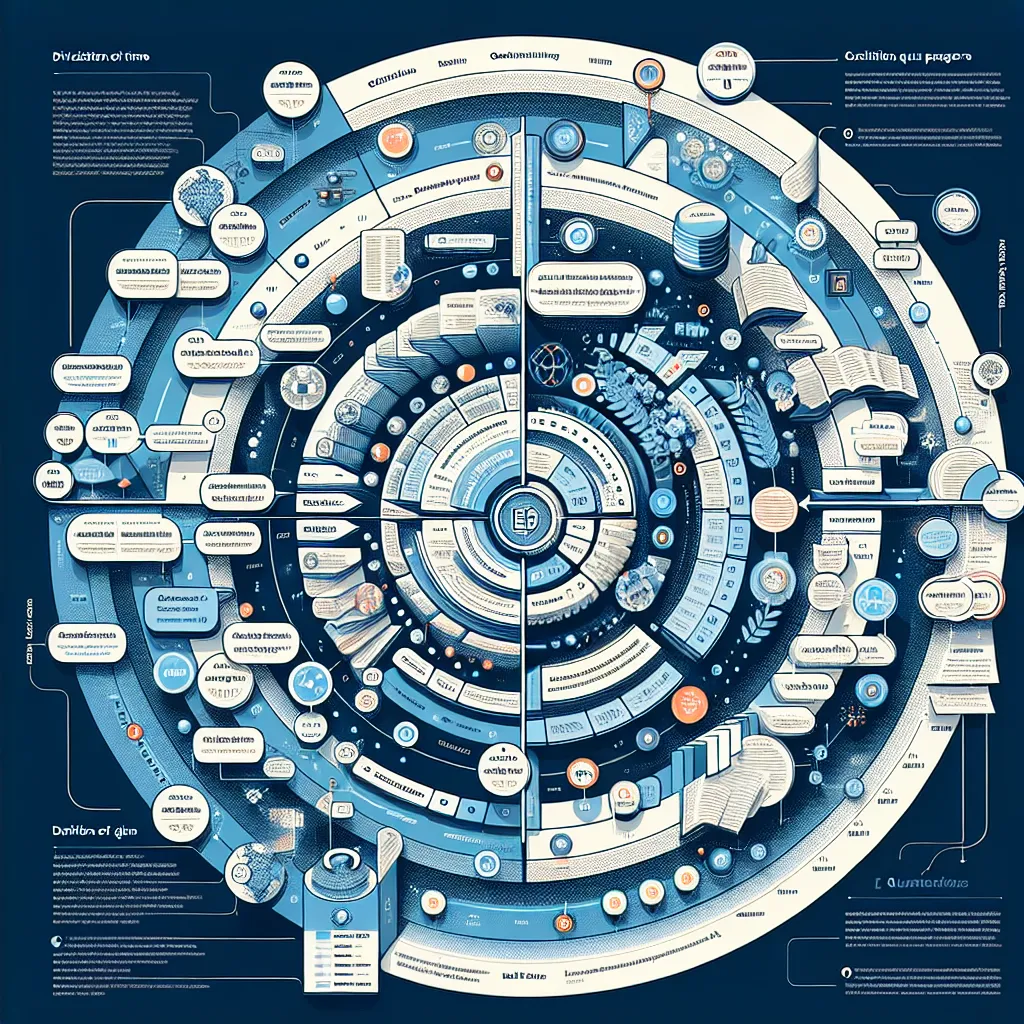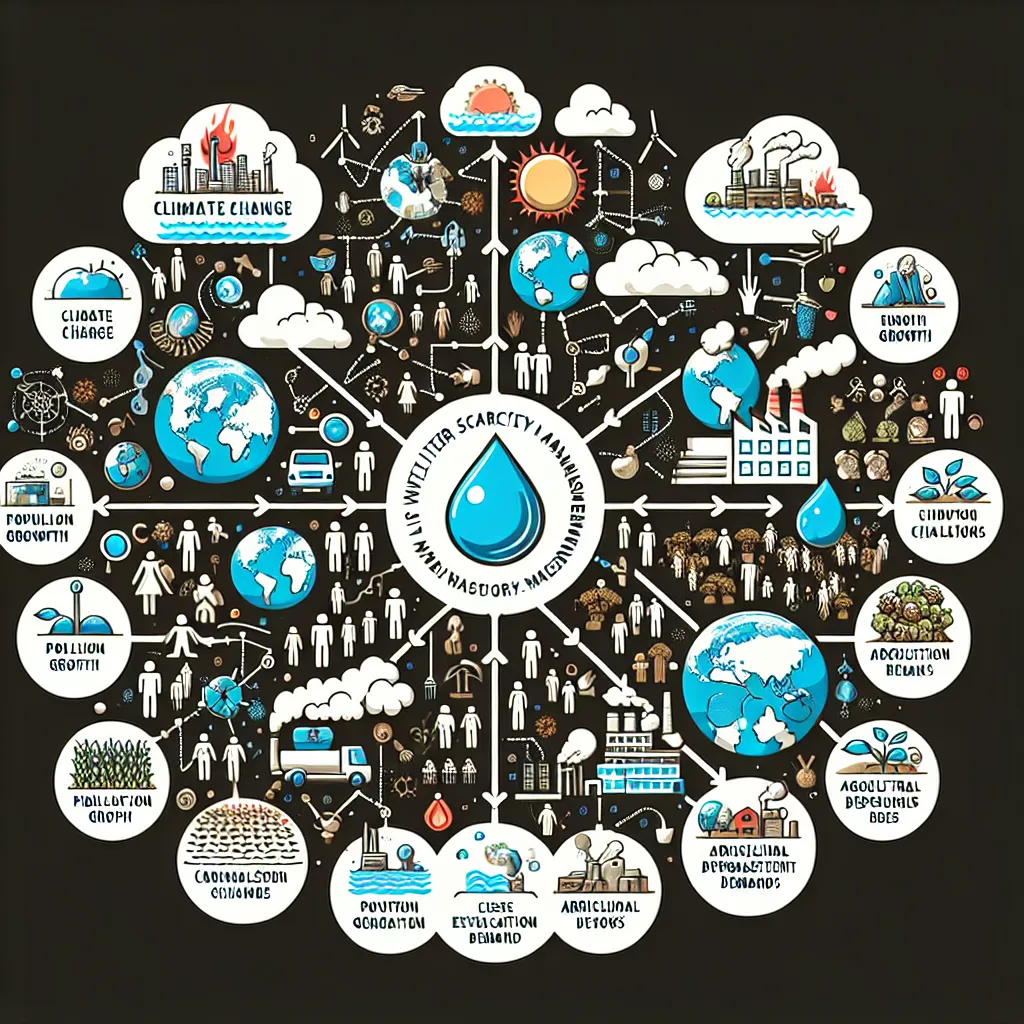In recent years, the topic of social media’s influence on the spread of conspiracy theories has become increasingly prevalent in IELTS Reading passages. As an experienced IELTS instructor, I’ve noticed a surge in this theme, reflecting its growing importance in our digital age. Given its relevance and frequency in past exams, it’s highly likely that you might encounter a similar topic in your upcoming IELTS test. Let’s dive into a practice passage to sharpen your skills on this intriguing subject.
Nội dung bài viết
- Understanding the IELTS Reading Section
- Practice Passage: Social Media’s Role in Spreading Conspiracy Theories
- Reading Passage
- Questions
- True/False/Not Given
- Multiple Choice
- Matching Headings
- Sentence Completion
- Answer Key and Explanations
- Common Mistakes to Avoid
- Key Vocabulary
- Grammar Focus
- Tips for IELTS Reading Success
Understanding the IELTS Reading Section
Before we begin, let’s quickly recap the IELTS Reading section requirements. You’ll have 60 minutes to answer 40 questions based on three passages of increasing difficulty. Time management and strategic reading are crucial for success.
 IELTS Reading Section Overview
IELTS Reading Section Overview
Practice Passage: Social Media’s Role in Spreading Conspiracy Theories
Reading Passage
Social media platforms have revolutionized the way we communicate and share information. However, these digital spaces have also become breeding grounds for conspiracy theories, significantly impacting public discourse and societal beliefs. This phenomenon has attracted the attention of researchers, policymakers, and tech companies alike, all seeking to understand and mitigate the rapid spread of misinformation.
The unique features of social media contribute to the proliferation of conspiracy theories. Algorithms designed to maximize user engagement often create echo chambers, where individuals are exposed primarily to content that aligns with their existing beliefs. This confirmation bias reinforces and amplifies conspiracy theories, making them appear more credible to susceptible users.
Moreover, the democratization of content creation on social media platforms allows anyone to become a publisher. While this has many positive aspects, it also means that unverified information can spread rapidly without fact-checking or editorial oversight. Conspiracy theorists can easily reach vast audiences, and their ideas can gain traction quickly through likes, shares, and comments.
The psychological appeal of conspiracy theories also plays a significant role in their spread on social media. These theories often provide simple explanations for complex events, offering a sense of control and understanding in an uncertain world. Social media’s ability to connect like-minded individuals creates supportive communities around these beliefs, further reinforcing their perceived validity.
Tech companies have implemented various measures to combat the spread of conspiracy theories on their platforms. These include fact-checking partnerships, content moderation policies, and algorithmic adjustments to reduce the visibility of misleading information. However, these efforts often face criticism for either being too restrictive, potentially infringing on free speech, or not being effective enough in curbing the problem.
The impact of conspiracy theories spread through social media extends beyond the digital realm. Real-world consequences have included public health risks, as seen with anti-vaccination movements, and political instability, exemplified by election-related conspiracy theories. These offline impacts highlight the urgent need for effective strategies to address this issue.
Education and media literacy programs are increasingly seen as crucial long-term solutions. By equipping individuals with critical thinking skills and the ability to evaluate online information sources, society can build resilience against the spread of conspiracy theories. Some countries have begun integrating these skills into their educational curricula, recognizing the importance of digital literacy in the modern world.
The role of traditional media in countering conspiracy theories is also evolving. Journalists are adapting their reporting techniques to debunk false claims effectively without inadvertently amplifying them. This includes focusing on facts rather than repeating the conspiracy theory itself and providing context to help readers understand why certain claims are false.
As social media continues to evolve, so too will its impact on the spread of conspiracy theories. Emerging technologies like deepfakes present new challenges, potentially making it even harder to distinguish fact from fiction online. Ongoing research and collaboration between academia, tech industries, and policymakers will be essential in developing effective strategies to maintain the benefits of social media while mitigating its role in spreading harmful misinformation.
In conclusion, while social media has undoubtedly played a significant role in the spread of conspiracy theories, it also offers potential solutions. By leveraging the same technologies and network effects that facilitate the spread of misinformation, platforms can potentially create more informed, critically thinking online communities. The challenge lies in striking the right balance between freedom of expression and responsible information sharing in our increasingly connected world.
Questions
True/False/Not Given
Determine if the following statements are True, False, or Not Given based on the information in the passage.
- Social media algorithms are designed primarily to prevent the spread of conspiracy theories.
- The democratization of content creation on social media has both positive and negative consequences.
- Conspiracy theories often provide complex explanations for simple events.
- Tech companies’ efforts to combat conspiracy theories have been universally praised.
- Education in media literacy is considered a potential long-term solution to the problem of online misinformation.
Multiple Choice
Choose the correct letter, A, B, C, or D.
-
According to the passage, what is one reason conspiracy theories spread easily on social media?
A) They are always factually correct
B) Social media companies promote them
C) They offer simple explanations for complex events
D) Traditional media supports their spread -
What is mentioned as a real-world consequence of conspiracy theories spread through social media?
A) Increased social media usage
B) Public health risks
C) Improved political stability
D) Enhanced critical thinking skills
Matching Headings
Match the following headings to the correct paragraphs in the passage. Write the correct number (i-x) next to questions 8-12.
i. The psychology behind conspiracy theory appeal
ii. Technological solutions and their limitations
iii. The dual nature of content democratization
iv. Evolving role of traditional media
v. Long-term educational approaches
vi. Social media’s algorithmic influence
vii. Real-world impacts of online conspiracy theories
viii. The challenge of emerging technologies
ix. Balancing free speech and information accuracy
x. The power of social connections in reinforcing beliefs
- Paragraph 2: _____
- Paragraph 3: _____
- Paragraph 4: _____
- Paragraph 7: _____
- Paragraph 8: _____
Sentence Completion
Complete the sentences below using NO MORE THAN THREE WORDS from the passage for each answer.
- Social media algorithms often create __ where users mainly see content aligning with their existing beliefs.
- Conspiracy theories can gain traction quickly through __, __, and __ on social media platforms.
- Some countries are integrating __ into their educational curricula to combat the spread of conspiracy theories.
Answer Key and Explanations
-
False – The passage states that algorithms are designed to maximize user engagement, not prevent conspiracy theories.
-
True – The passage mentions both positive aspects and drawbacks of content democratization.
-
False – The passage says conspiracy theories provide simple explanations for complex events, not the other way around.
-
False – The passage indicates that these efforts face criticism for being either too restrictive or not effective enough.
-
True – The passage explicitly mentions education and media literacy programs as crucial long-term solutions.
-
C – The passage states that conspiracy theories “often provide simple explanations for complex events.”
-
B – The passage mentions “public health risks, as seen with anti-vaccination movements” as a real-world consequence.
-
vi – This paragraph discusses how social media algorithms create echo chambers.
-
iii – This paragraph talks about both the positive and negative aspects of democratized content creation.
-
i – This paragraph explains the psychological appeal of conspiracy theories.
-
v – This paragraph discusses the importance of education and media literacy programs.
-
iv – This paragraph describes how traditional media is adapting to counter conspiracy theories.
-
echo chambers
-
likes, shares, comments
-
digital literacy
Common Mistakes to Avoid
- Overlooking key phrases: Pay attention to qualifiers like “often,” “some,” or “can be” that may change the meaning of a statement.
- Assuming information: Stick strictly to what’s stated in the passage, especially for True/False/Not Given questions.
- Misinterpreting paraphrased information: The questions may rephrase ideas from the text. Ensure you understand the core concept being referenced.
Key Vocabulary
- Conspiracy theory (n): a belief that some covert but influential organization is responsible for an unexplained event
- Misinformation (n): false or inaccurate information, especially that which is deliberately intended to deceive
- Echo chamber (n): an environment where a person encounters only beliefs or opinions that coincide with their own
- Democratization (n): the action of making something accessible to everyone
- Media literacy (n): the ability to identify different types of media and understand the messages they’re sending
Grammar Focus
Pay attention to the use of passive voice in academic writing, such as:
“These theories often provide simple explanations for complex events.”
(Active voice)
“Tech companies have implemented various measures to combat the spread of conspiracy theories on their platforms.”
(Passive voice)
The passive voice is often used in academic and scientific writing to maintain an objective tone and focus on the action rather than the actor.
Tips for IELTS Reading Success
- Practice active reading: Engage with the text by predicting content, asking questions, and summarizing key points.
- Improve your vocabulary: Regularly learn new words and phrases related to common IELTS topics.
- Time management: Allocate your time wisely between the three passages, spending more time on difficult sections.
- Skim and scan effectively: Quickly identify main ideas and locate specific information.
- Read the questions carefully: Understand exactly what each question is asking before searching for the answer.
Remember, success in IELTS Reading comes with consistent practice and a strategic approach. By familiarizing yourself with various question types and honing your time management skills, you’ll be well-prepared to tackle any passage that comes your way.
For more insights on how social media shapes public opinion, check out our article on social media’s role in shaping public opinion. Additionally, to explore another facet of social media’s influence, read about social media’s influence on environmental awareness.
Keep practicing, stay informed about current affairs, and approach your IELTS preparation with confidence. Good luck with your IELTS journey!


